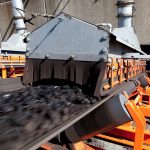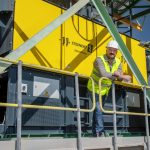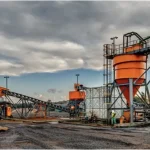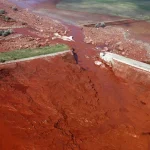So far this year, no fall-of-ground (FoG) fatalities have been recorded in South Africa’s mines, Mandela Mining Precinct (MMP) advanced orebody knowledge programme manager Michelle Pienaar said on February 22.
“We are incredibly encouraged by this significant progress and hope this is a great step toward reaching zero fatalities soon. But the work is not done. We must keep the momentum,” she said.
ADVERTISEMENT
She was speaking at a showcase and awards ceremony in Johannesburg, hosted by the MMP and the Minerals Council South Africa, where mining technology company Reutech Mining was honoured as the winner of the Rock Hazard Identification and Safe Removal Innovation Challenge.
The challenge, which was organised by the MMP and the Minerals Council, in partnership with mining companies Sibanye-Stillwater and Impala Platinum (Implats), was aimed at identifying novel solutions in rock hazard identification and safe rock removal with a focus on reducing FoGs and improving worker safety.
ADVERTISEMENT
The initiative was part of the FoG Action Plan (Fogap), which was developed and approved by the Minerals Council’s CEO Zero Harm Forum, in collaboration with the MMP’s Advanced Orebody Knowledge (AOK) programme.
The AOK programme strives to increase geological confidence at and beyond the rockface, whereas the Fogap aims to reduce FoG deaths, which have historically been identified as one of the primary causes of worker fatalities in the mining sector.
“One of the Fogap’s pillars is to invest R40-million over five years in collaborative research and development on low-hanging fruit for FoG fatality elimination, including barring technology that will assist with identifying loose rock, and safely and effectively removing it,” Pienaar said.
The call for proposals in the rock hazard identification category attracted solutions featuring ground-penetrating radar technology, thermal and acoustic imaging, laser imaging, detection and ranging-compatible drones, and millimetre-wave synthetic aperture radar imaging for real-time rock mass quality inspection, besides others.
Pienaar explained that, between August and October last year, solution providers from around the world submitted proposals for innovations and tools which could help in the identification of rock hazards underground by mining teams and assist with the safe and controlled removal of loose rocks found to be at risk of falling.















